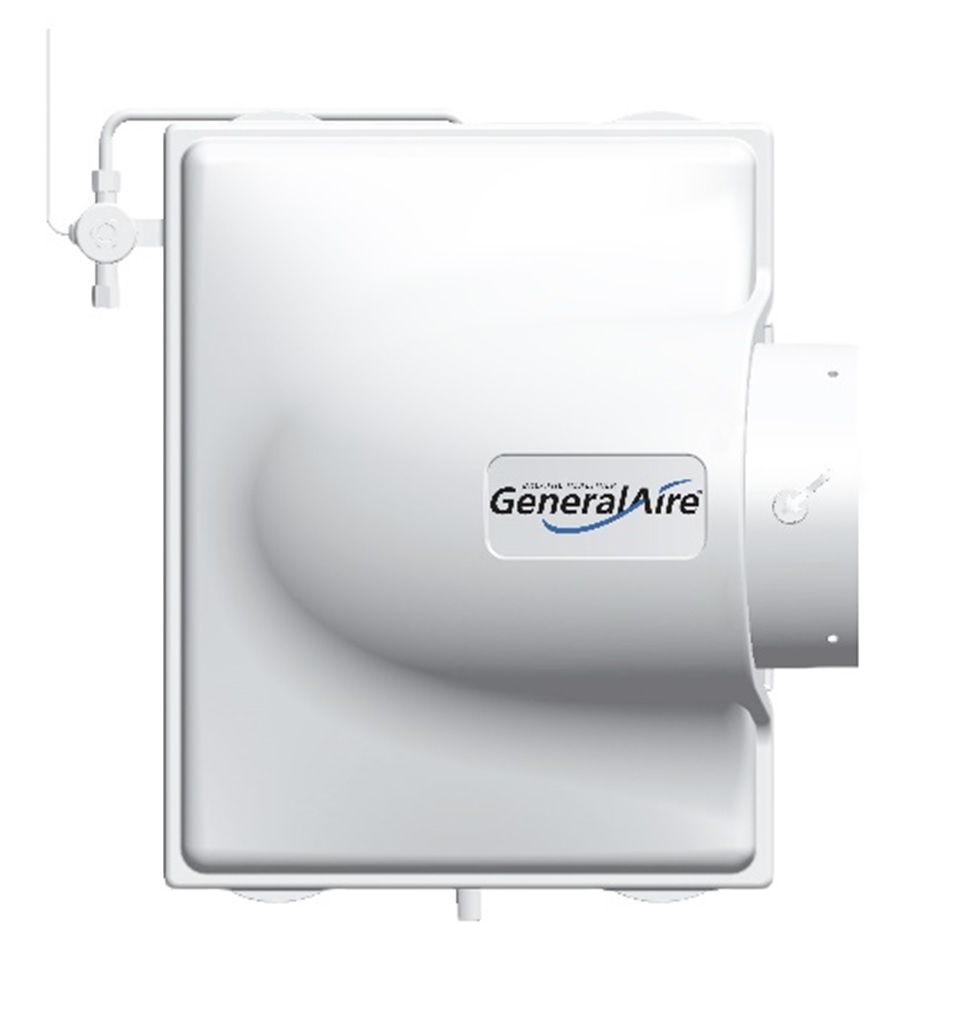Written on: November 22, 2021 by J. Paige Freeland
As a manufacturer of whole-house humidifiers, we often get calls from home owners asking: How do I get more humidity out of my humidifier or Which setting offers more humidity? Numerous factors contribute to humidity levels in a home.
 First, it’s important to know that every humidifier manufactured is designed for a finite, maximum humidity output. The humidifier that is initially selected for installation should be properly sized by a qualified technician, who will consider:
First, it’s important to know that every humidifier manufactured is designed for a finite, maximum humidity output. The humidifier that is initially selected for installation should be properly sized by a qualified technician, who will consider:
• The square feet of the home
• Ceiling height
• Number of fireplaces
• Age of home
• Type of widows
• Type of insulation
• Amount of woodwork and wooden items (artwork, musical instruments) in the home
• Future plans for home additions or installation of wood floors
• Climate at the given location
It is important to note that installing an evaporative or fan-powered humidifier with the hot water supply produces approximately 20% higher humidity output. If there is a manual humidistat, turn the dial towards the higher number for more humidity. With an automatic humidistat (with an outdoor sensor installed), select the desired percent humidity level and the humidity level will be maintained. Set to a higher number for more humidity.
To help with humidity, be sure to replace the Vapor Pad (also called humidifier pad, humidifier filter, water panel or water filter) at the start of each heating season. The homeowner may need to replace it more often depending on the water supply’s sediment content or the humidifier’s run time. Do not wash/clean the pad—it will remove the coating that holds water to the pad and the humidifier will produce zero humidity as a result.
It is important to perform other maintenance tasks while replacing the Vapor Pad, such as checking water lines and the solenoid valve for clogs, and removing scale build-up from the distributor trough and drain pan.
There are also a few simple things that can be forgotten, so be sure to check that:
• There is power to the unit (plugged in and turned on)
• The water supply is turned on
• The humidistat is set to the humidity level desired
• The damper is turned to “open” or “winter”
• The Vapor Pad is new/not clogged
• The solenoid valve is not blocked (it allows water to run to the humidifier)
• The temperature is correct—colder air cannot hold as much moisture as warmer air
• The furnace run time and plenum temperature support the humidity output needed
Has the home been remodeled since after the installation of the humidifier? Has the homeowner added on a room or installed hardwood floors or a new fireplace? These may increase the demand for humidity from the humidifier, and you just may need to replace the unit with a higher output humidifier. Another culprit could be water pressure. Has the water pressure changed in the home for some reason? Perhaps the water line is not fully open?
As you can see, there are numerous considerations in selecting the humidifier for a home. Understanding them prior to selection will set up the homeowner and technician for a positive humidifier experience. ICM